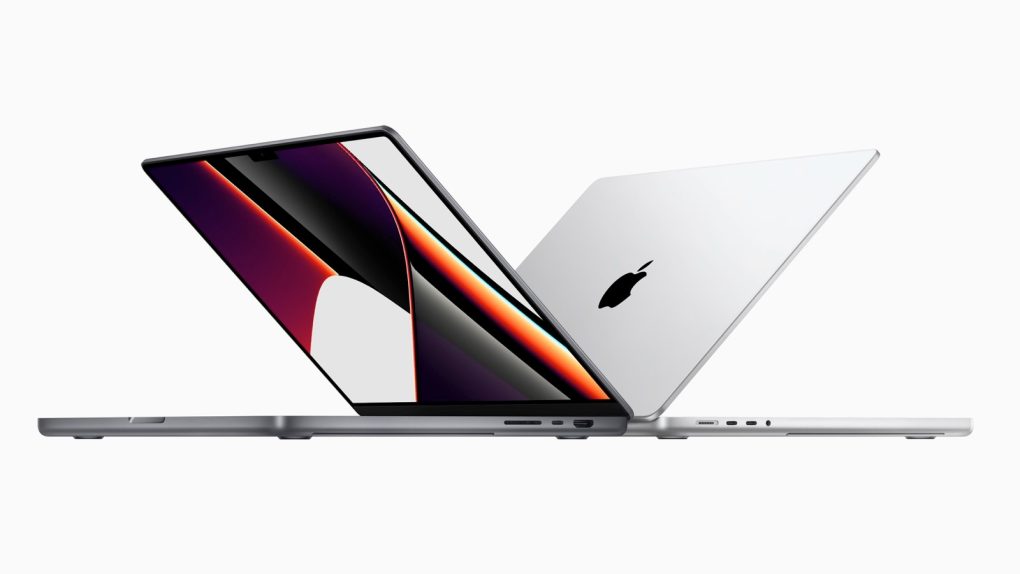The first-gen Apple M1 System-on-Chip (SoC) that powered last year’s MacBook Pro, Air, and Mac mini was an instant hit for the company. The chip delivered performance and amazing battery life, stunning Intel in the process. Intel has been attacking the M1 chip in ads ever since. The M1 Max and M1 Pro that power the new MacBook Pro models are even faster than before, delivering even better battery life than expected.
An incredibly detailed review explained the massive performance gains of the 2021 MacBook Pro a few days ago. And now we have a different review that you should check out, as it comes from the type of user who is most likely to seek a MacBook Pro for work.
Is the MacBook Pro just for pros?
Many iPhone lovers know Austin Mann for his great iPhone camera reviews that highlight all the new camera features in each new iPhone generation. It turns out his 2021 MacBook Pro review is equally important, but for a different reason. This isn’t the regular review that you’d expect from tech blogs. This is a review from a pro photographer who has specific work routines that require particular hardware.
Unsurprisingly, the MacBook Pro plays a significant role in Mann’s photography workflow. His review will make you appreciate what pro users want in a MacBook. And it’ll make you understand whether you need an M1 Max or M1 Pro MacBook.
Mann’s review details the SoC’s massive performance gains when handling workflows that involve multiple large files. More interestingly, Mann explains the efficiency that goes along with the performance, highlighting the amazing battery life of the new MacBook Pro models.
The photographer concluded that the new MacBook Pros aren’t just for professionals. They’re for everyone. “My resounding answer is that the upgrade in the M1 MacBook Pros will substantially affect absolutely everyone,” he said. “The battery life is not just slightly better, it’s on a radically different planet. This machine stays cool and handles whatever you can throw at it, whether that’s making a family photo album in Photos or rendering an animation in After Effects.”
The MacBook Pro battery life experiment
Like any MacBook Pro review, Mann covers all the novelties in the new laptops. He explains the display performance and looks at the new ports, including the MagSafe charger. He also addresses the now-infamous notch and talks about the M1 Max performance, covering how it’ll impact his workflow in the future. And battery life plays a huge role.
Mann devised a quick experiment to see how fast he could put a dent in the battery. He reviewed a 16-inch MacBook Pro M1 Max model:
First, I ran an image stack in Starry Landscape Stacker on 100 TIFF files (150MB each). It took 4m 24s to render and battery life was still at 100% (the fan remained inaudible).
Second, I ran a Cinebench test, which finished in just a few minutes and still the battery was 100%.
Third, I went back the 100 TIFF image files and opened them into StarStax and processed a “Gap Filling” blend of all 100 TIFF files. This intensive process took another 2m 36s and still the battery was at 100%.
So I opened eight images into Adobe Camera Raw and used Photomerge to create a giant panorama. This happened quickly, and you guessed it, the battery life still showed 100%.
At this point I kind of ran out of options, so I went back to Cinebench to run the test again on loop. About 2.5 minutes into that test, the battery life finally dropped down to 99%.
The real-life implications
Mann then performed the same sequence on a 16-inch MacBook Pro Intel model, which had a battery health of 85%. That’s not to be confused with a full charge. After completing step three (“Gap Filling” StarStax), the battery was at 71% charge. “Also, fans spun up to max RPM during step one and never went back down,” he wrote.
Mann explained how access to power and dependable battery life influenced his workflow before the M1 Max MacBook Pro. He also explained how things will change.
“I realized I rarely process star stacks like the ones above [the gap-filling star streaks] while I’m in the field,” he said. “It just takes too long, and I don’t have the energy to go through all that, so I save it for another day—theoretically while I’m back home or at the studio, but sometimes it never happens at all.”
Mann continued, “The ability to quickly assemble these kinds of complex images means my feedback loops have shortened dramatically. I can quickly view an assembled panorama or star stack while I’m still in the field, and if I need to capture it again or tweak something, I can.”
In separate remarks, Mann said that using the MacBook Pro on his lap like a laptop felt great. “It doesn’t burn my legs, and I don’t feel like I need to jump into a swimming pool to cool down,” he wrote.
The full MacBook Pro review is available at this link.








